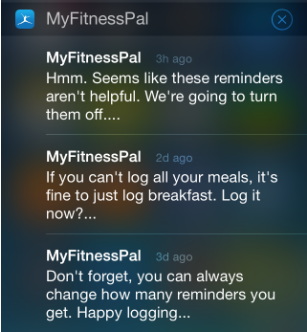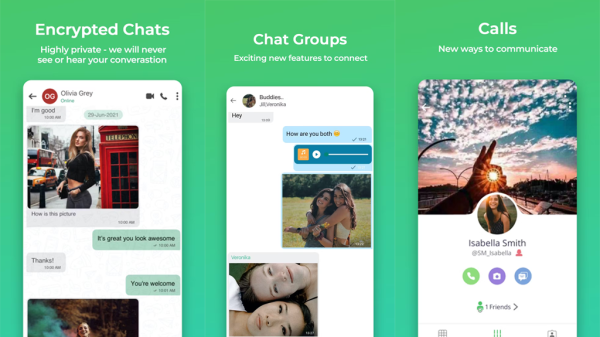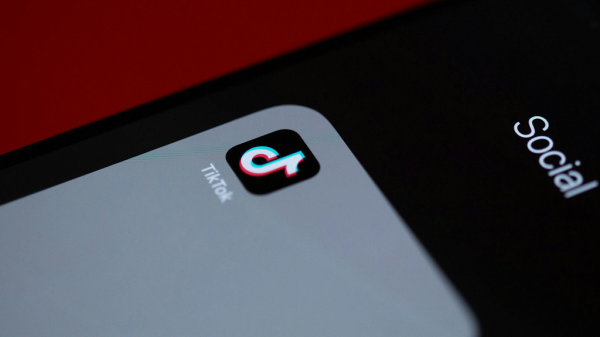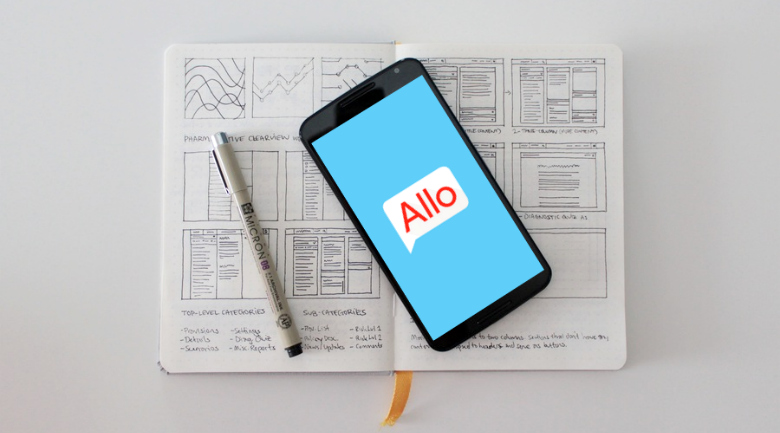It’s no secret there are a lot of chatbots these days. The latest trend: chatbots wanting to change people’s habits, and not all are created equal. As these types of bots become more prevalent, it poses the question: do they actually work? Answer: sometimes, and it depends.
Do chatbots actually affect behavior?
As a founder of an AI chatbot financial assistant, I know the opportunities and challenges that come from influencing daily behavior. When it comes to habits, you face the difficulties of say, marketing a vitamin versus a painkiller. I want to build software that will enact actual change, but let’s be real – people aren’t as motivated in the mundane, everyday decisions, because they don’t think it matters.
I’ve seen my fair share of chatbots — both impressive and crappy — come and go, and I can confidently say that chatbots/AI assistants will only work if behavioral science is implemented. This must be intentionally created throughout the software — from UX to UI to copywriting.
When there’s not an actual person on the other side of the conversation, the bot needs to use other motivating factors — otherwise, users won’t take it seriously. (Remember SmarterChild on AIM? Case in point.)
Real-life example: Open Habits
Let’s explore this further and look at new startup, Open Habits.
First off, the origin of Open Habits is pretty interesting. Twitter and Product Hunt user Aiden Buis tweeted a fun concept – a self-imposed hackathon where he would build and ship a SaaS product within 100 hours, and document every step.
It’s built as a bot within the app Telegram, so others can track your progress. But with the Open Habits bot, it isn’t geared towards a specific habit or interest. A user can track any habit they want to change. It seems like a good idea for flexibility, but in reality, this typically sets someone up for failure.
Motivations for different habits aren’t one size fits all, but specific tactics need to be used depending on the desired habit to change.
Overall, I’d give it an 7/10. For a quickly shipped software, it’s not all that bad.
But to actually create change, here are some guidelines to keep in mind:
1. Go easy on the notifications.
Let’s look at a software that fails at this, MyFitnessPal. I kind of shiver just thinking about the notifications I used to receive. An everyday notification typically means someone will turn off your notifications or flat-out ignore them. Make the notifications actually helpful, not constant or annoying, and for the love of God, please space out the timing.

2. Show the long-term picture for daily habits.
Show your users what they’re doing does matter and does lead to big change.
For example: If you’re talking about weight loss, show how swapping one dessert for fruit once a week can equate to X or Y calories or pounds lost a year. If it’s financial habits, show how saving even $1 a day can grow your financial future into $X. (Acorns does an excellent job of this.)
3. Do your research on favorable or unfavorable language.
If you’re trying to change someone’s habits, prepare to get to know as many experts as possible in your field. Read all the books, meet all the professors, and get to know all the researchers that study far beyond what you’re doing. Prime example: financial app users hate the term “budgeting” because it’s associated with negative feelings, and we only knew this because of This is why it’s crucial to become best friends with the leaders in your industry.
As always, this is simply a starting point for guidelines to keep in mind whether you’re building or just using a chatbot. Look at the competitors, see what works best for you and what motivates you, then go from there.
Elise Graham Kennedy is a business writer at The American Genius and is an Austin-based digital strategist. She's a seasoned entrepreneur, started and sold two companies, and was on a TV show for her app. You can usually find her watching The Office on her couch with her dog and husband.









































Pingback: Chatbots: Are they still useful, or ready to be retired?